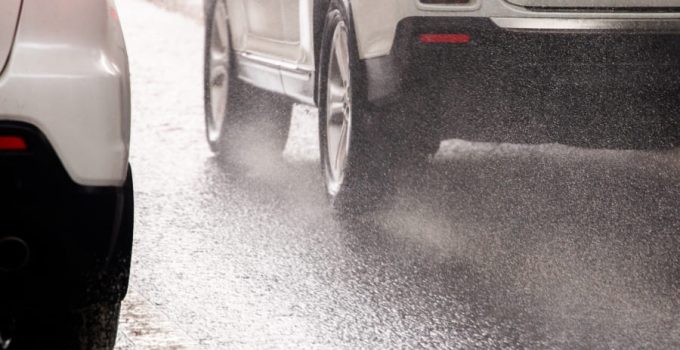
ASR is an electro-hydraulic active safety system that prevents wheel slippage prevented. This system has been installed in vehicles from Audi, Peugeot, Fiat, Renault, Seat and Volkswagen, among others. It improves grip on the road and the transmission is less stressed when driving off-road. The system provides reliable starts on wet or icy road surfaces and improves vehicle handling when driving uphill.
How ASR works
This system continuously monitors the speed of the wheels and compares the measurement results obtained. This information comes from the ABS sensors. If this data shows that a wheel is slipping, it brakes that wheel. For this purpose, a return pump for the brake fluid and additional solenoid valves are used. The valves and the pump together ensure that the pressure in the braking system is built up and adjusted. In addition, it is possible to reduce the torque of the engine until such time as traction is restored.
The ASR can be switched off using a button on the center console. This can be useful when driving on stretches of road with fresh snow. In this case, the ASR does not limit the engine speed while the accelerator pedal is pressed.
Popular car models with ASR
- Audi A6 C5, A2 8ZO, A4 6;
- Peugeot 3008 I, 207;
- Fiat Doblo I, II, Stilo;
- Renault Megane III, Scenic II ;
- Seat Leon FR Mk3;
- Volkswagen Golf V, Volkswagen Transporter T5.
Causes of ASR defects
- A defective ignition coil.
- Damage to the high-voltage cables.
- Malfunctions of the throttle body.
- The ABS sensors are dirty or the wiring is defective.
- Low brake fluid level.
- Faulty contact in a relay.
